Gym vs Outdoor Ropes: What’s the Difference and Which Should You Buy?
If you're looking to buy your first climbing rope, it can be overwhelming to figure out which one is right for you. Indoor and outdoor ropes may look similar, but they’re designed with different environments and use cases in mind. In this guide, we break down the key differences and help you choose the rope that best suits your climbing style.
Length: How Much Rope Do You Need?
One of the most obvious differences is rope length.
- Gym ropes are typically shorter, ranging from 30m to 40m, because gym walls are rarely higher than 15m. Shorter ropes are easier to handle and reduce unnecessary bulk.
- Outdoor ropes tend to start at 60m, with 70m becoming increasingly common to accommodate taller routes and longer pitches at crags.
Important: Always check your gym's minimum rope length requirements before buying.
Diameter: Balancing Durability and Handling
- Indoor ropes are often thicker (9.8mm to 10.2mm) to handle the high frequency of falls, top-roping, and repeated lowering that comes with gym use. The added thickness increases durability.
- Outdoor ropes are usually thinner (8.9mm to 9.8mm) to reduce weight and drag, especially on long or multi-pitch routes. They still offer good durability but prioritize performance and weight savings.
Petzl Contact® Wall 9.8mm – A dynamic single rope designed for indoor climbing, offering excellent durability, smooth handling, and easy clipping for lead climbers. Available at the Boulder Planet Showroom.
Sheath and Durability
Indoor ropes generally have a tougher sheath, since gym climbing is more repetitive and can wear the rope faster due to consistent contact with plastic holds and abrasive top anchors.
Outdoor ropes may include dry treatment, which helps repel water and dirt — a crucial feature if you’re climbing in variable weather or on dusty, rocky terrain.
Handling and Feel
Thinner outdoor ropes are often softer and more supple, making them easier to clip and carry. In contrast, thicker gym ropes can feel more rigid but are easier to manage when belaying beginners or working routes with lots of falls.
Price Considerations
Gym ropes are usually more affordable due to their shorter length and lack of dry treatment. If you only climb indoors, you can save money by going for a shorter, thicker gym-specific rope.
Outdoor ropes, with added features like dry coating and longer lengths, tend to be more expensive, but they're built for more varied and demanding conditions.

Outdoor climbing ropes are designed to handle the demands of real rock—durable, reliable, and essential for safe and confident climbing beyond the gym.
So Which Rope Should You Buy?
- Mostly Climb Indoors? A shorter, thicker rope (30-40m, 10.0mm+) is ideal. Durable, easy to handle, and cost-effective.
- Mostly Climb Outdoors? Go for a 60-70m rope around 9.4-9.8mm with dry treatment if possible.
- Do Both? Consider a 60m all-rounder (9.6-9.8mm) that balances durability and versatility. If your budget allows, keep one rope for indoor use and another for the crag.
Visit Boulder Planet Showroom
Not sure what to choose? Come by the Boulder Planet Showroom to check out our range of climbing ropes and get advice from our staff. Whether you need a durable gym rope or a lightweight outdoor workhorse, we’ll help you find the perfect match for your climbing goals.



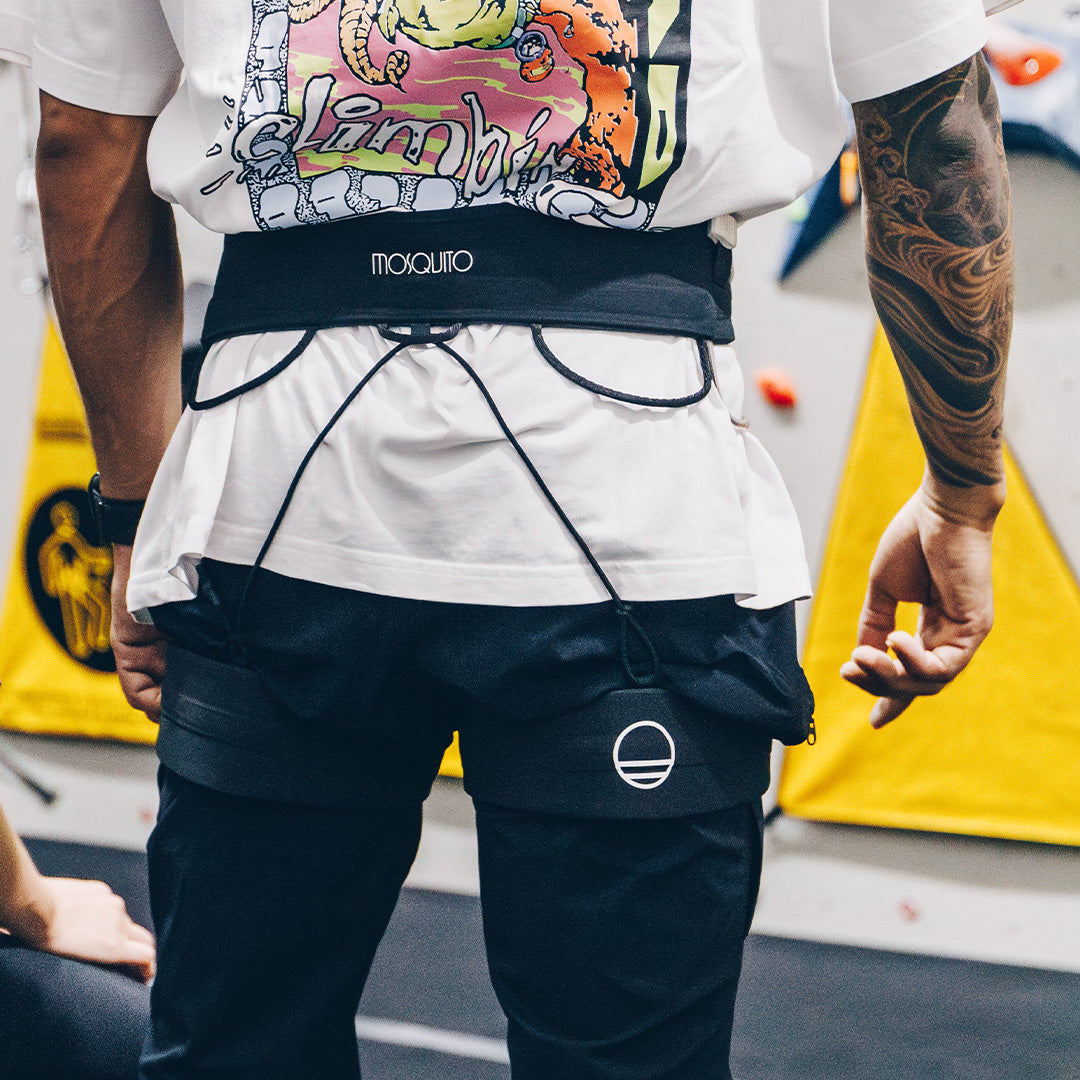
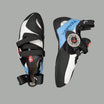
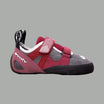

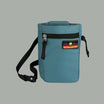
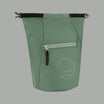
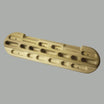
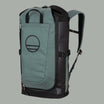
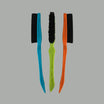
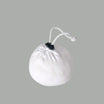
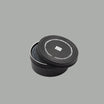
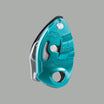
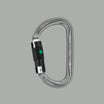
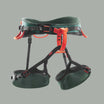
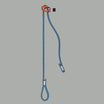
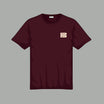
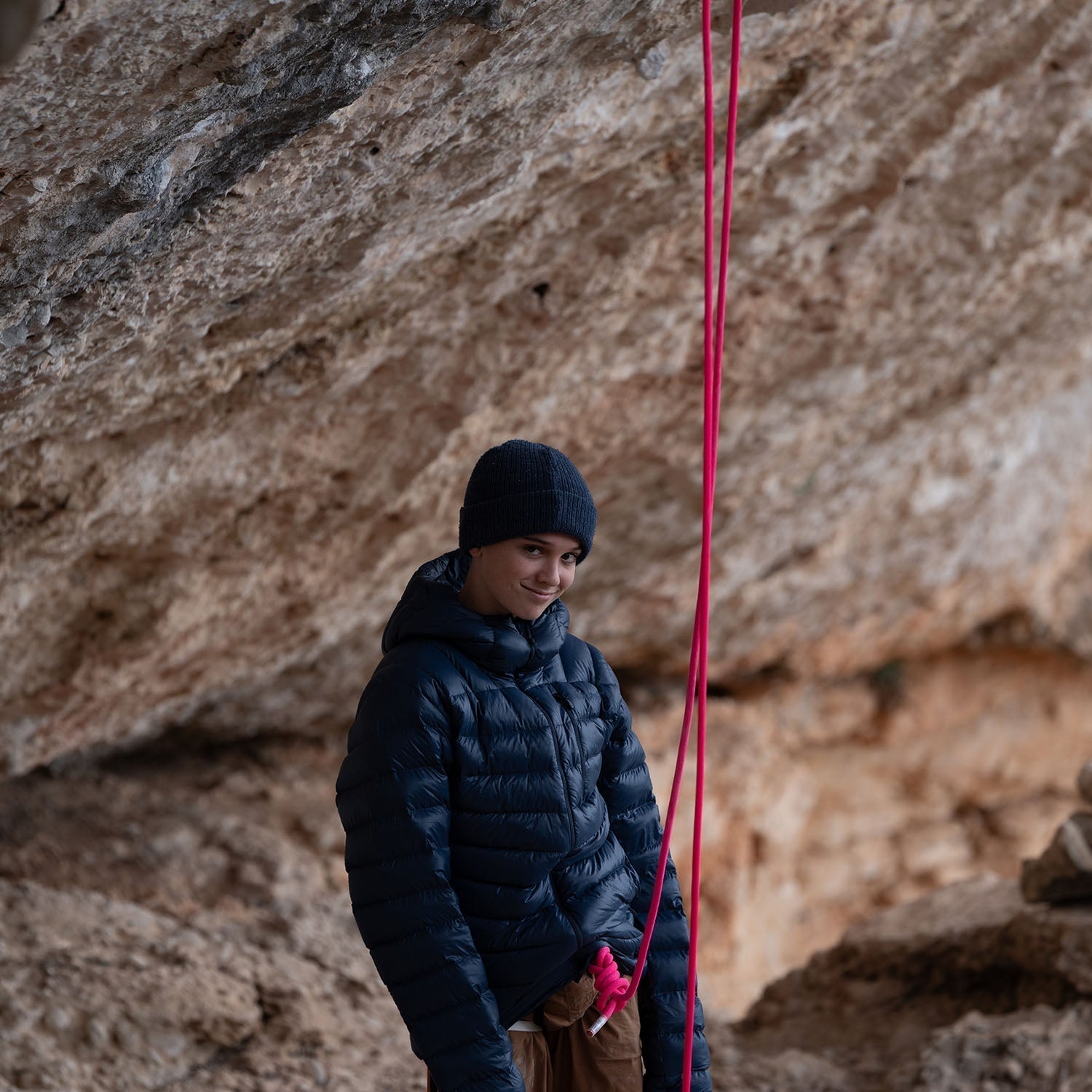


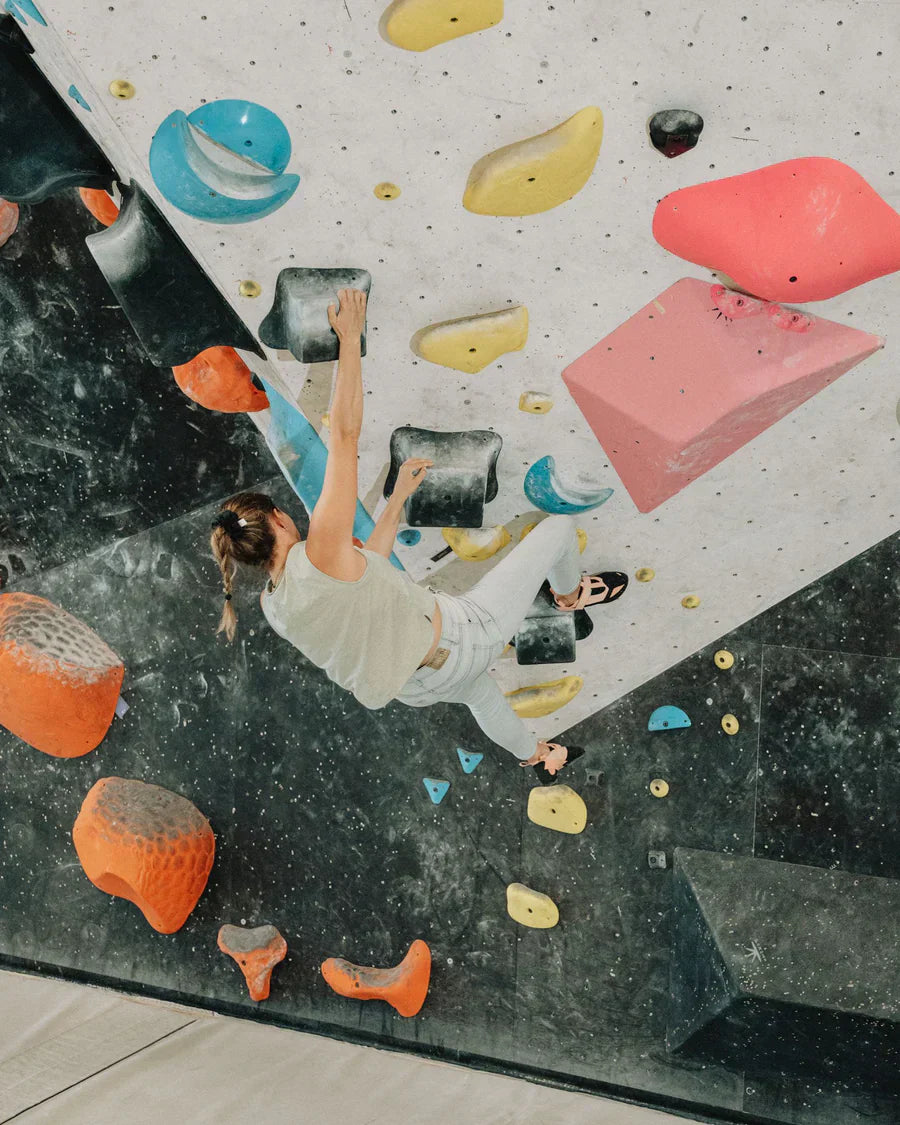
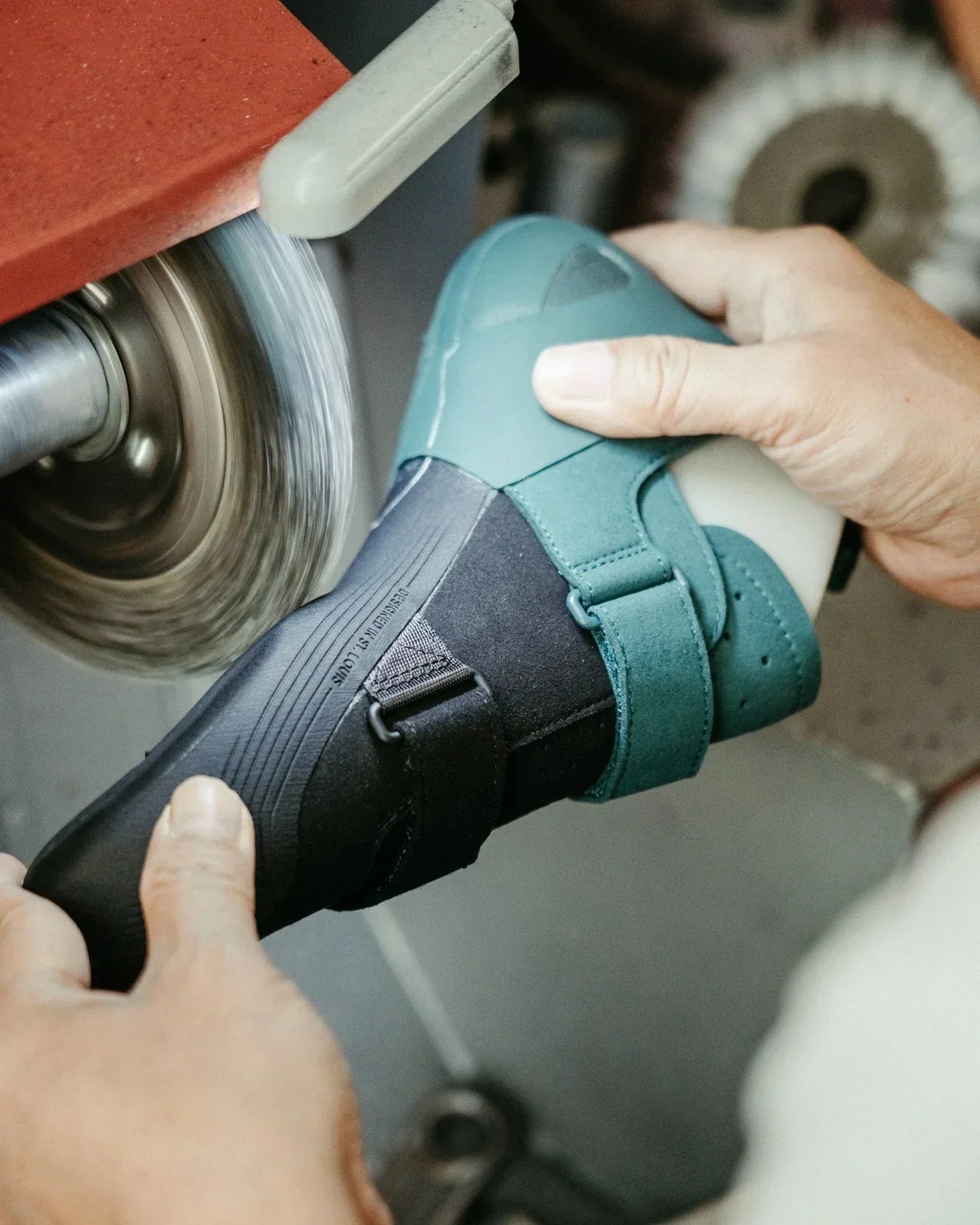
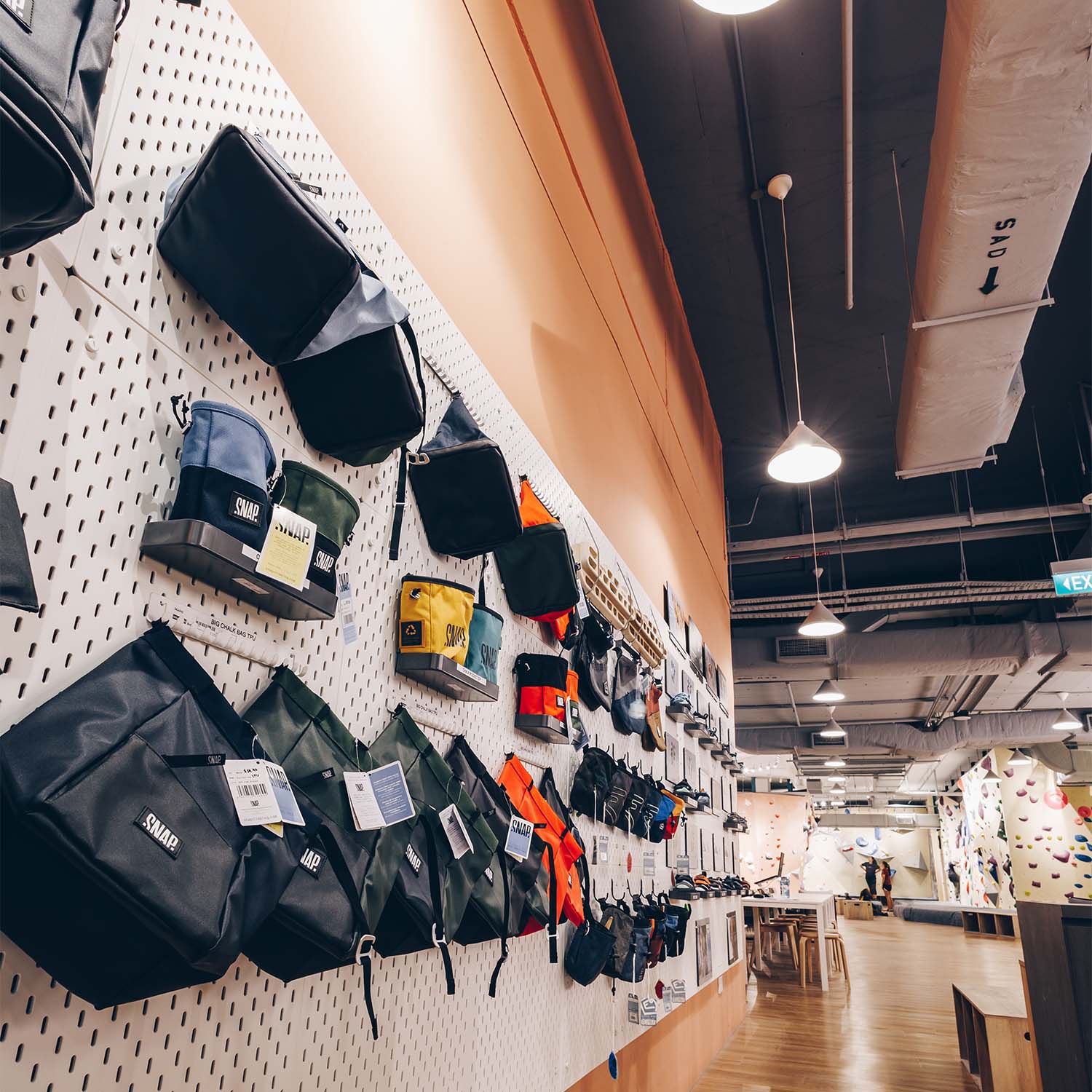

Leave a comment
This site is protected by hCaptcha and the hCaptcha Privacy Policy and Terms of Service apply.